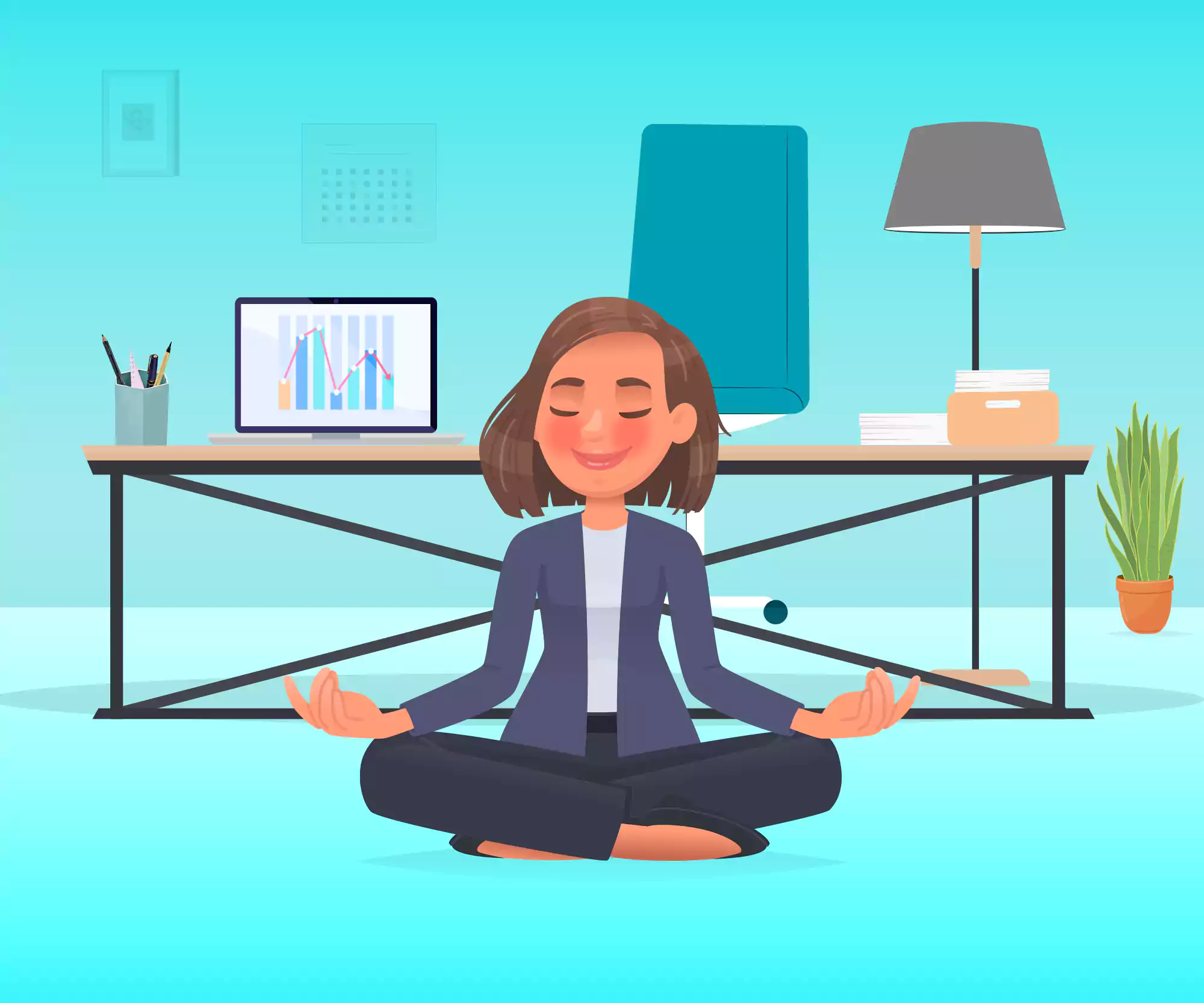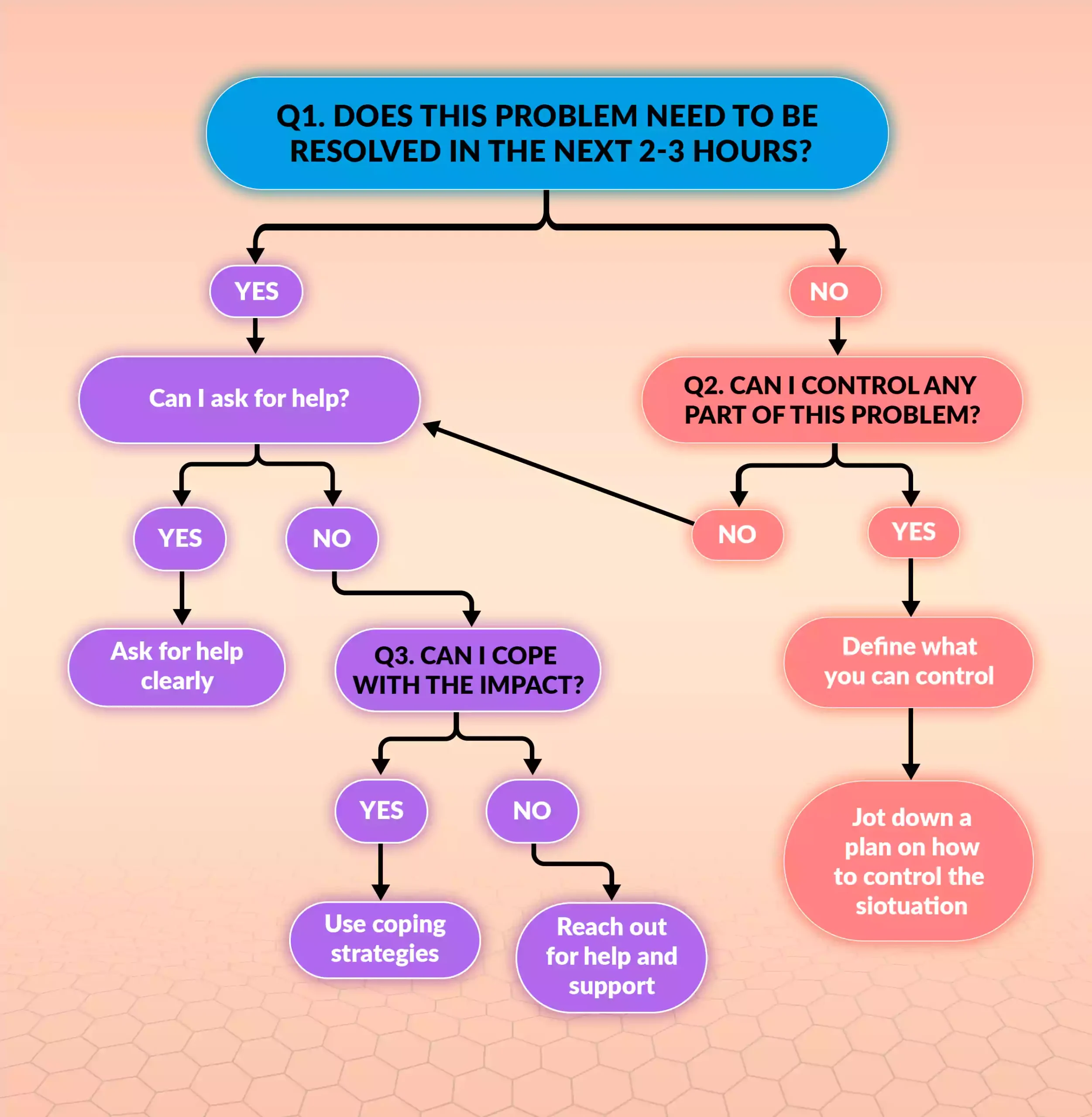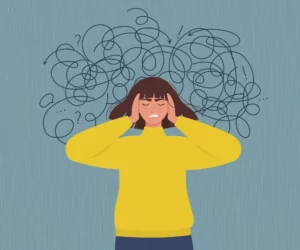
“My brain just shut down—I couldn’t process any more information!” “I forgot what I was supposed to do—my mind began racing through all the worst outcomes this would lead to!” “I blanked out. I had no idea what was going on. My heart was racing, and I was sure something awful was going to happen.”
Have you ever felt even slightly like this? Having a panic attack or a nasty bout of anxiety is more common than you think. Even people who don’t have anxiety or mood disorders experience intense anxiety at some point in their life. However, what makes it truly awful is the feeling of powerlessness, out-of-control thoughts, and action paralysis it can cause. Moreover, you are always likely to be fearful of repeated attacks. At these times, you need a way to remind yourself of the present. Grounding techniques are the quickest way to do this. These techniques help you find a balance in the immediate aftermath of bad anxiety, intense emotions, or a panic attack.
What are grounding techniques?
Think about the last time you thought, “But what if…” and the multiple (often negative) scenarios that began playing across your mind. (Shel Silverstein has a great poem about this, perfectly capturing this stream of fears and worries that pour in.) In times of anxiety, thought-loops, or racing thoughts, your mind goes to an imaginary place in the future where you can see all the adverse outcomes of what you are doing. You could also start freaking out while doing a task, and your mind keeps saying that you can’t deal with it anymore.
These mental and physical events wrench you away from your immediate present. As a result, you focus exclusively on the negative physical sensations or the thought of ‘what will happen?’. When this happens, your mind and body react to stimuli that are not physically present. Grounding techniques help you reconnect with your physical surroundings, reassess the situation, and check if there is an immediate cause for the thoughts or sensations.
Have you ever told someone, “Pinch me! I must be dreaming!”? If so, congratulations! You already understand the principle of grounding techniques: using physical sensations to jolt you back to an awareness of your surroundings.
How do grounding techniques work?
Basic grounding techniques make use of all five senses. Ideally, you should first use breathing techniques to slow down your breathing, bringing down your heart rate. Deeper, slower breathing also helps slow down racing thoughts.
Next, look around yourself and identify the following:

Take a few seconds to focus on each of these sensations. Then, name them aloud or in your mind depending on where you are and how comfortable you feel. For example, if you’re sitting indoors, you can tell yourself, “I can see a chair”. As you focus on the chair for a few seconds, note its features (colour, shape, etc.). Then focus on the next object you can see—“I can see a cushion.” Repeat the observation. In this way, consciously focus on each item you are sensing by identifying it and concentrating on the sight, sound, smell, texture, or taste. The different textures of objects are instrumental in this process: when you feel various things, try to use contrasting textures to heighten the physical sensation: rough, smooth, cold, warm, hard, soft, etc. By the end of this exercise, you should feel more rooted in your immediate physical surroundings.
When using this grounding technique, the name 5-4-3-2-1 is a simple mnemonic to help you remember what you should be doing: focusing on these many objects. You don’t always have to stick to the same order of senses. For instance, depending on where you are, you can focus on five things you can see or five things you can hear and modify the rest of the list accordingly. If you are in a restaurant, you can even focus on five things you can taste and four things you can smell, making it just one thing you touch. The essential part is to use all of your senses to focus on some aspect of your surroundings.
“Okay. I think I’m back to the present. Now what?”
In this newer state of calm, look around yourself and assess your immediate surroundings. Is there anything in the present situation that is immediately stressful?
If not, try and quickly summarise what was worrying you. (Repeat the grounding techniques if needed). Then, try and break it down with further questions:

These questions simultaneously teach you to be self-aware and stress the importance of a support group. A trusty support group of friends, family, colleagues or a therapist who is easily accessible can make all the difference. On the other hand, should you choose to deal with the impact on your own (as asked in Q3 in the image above), here are some coping strategies that can help you:
- Work on reducing the impact of your distress through deep breaths, a quick round of stretches, or some light aerobic exercises. Sometimes, even closing your eyes to picture your happy place can work.
- Create distractions for yourself by watching an amusing video, listening to music, reading a book, or doing anything else that will give you a pleasant diversion.
These activities also help you transition from an anxious or tense state to a new, calmer state where you return to work or move on to something different altogether.
Practising, perfecting, and personalising
It would be helpful to consult a therapist if you experience frequent episodes where you need to use these techniques. Therapists can help you identify the causes behind the strong emotions or stress reactions and show how to reduce the anxiety or stress they cause.
You can also work with them on developing specific techniques that are easy and effective for you.
While grounding techniques are effective, you need to practise them regularly. These techniques will help you gain control during an episode of anxiety or stress, boosting your self-confidence to manage them better next time.




Pingback: A guide to the best mental health apps - Questmite